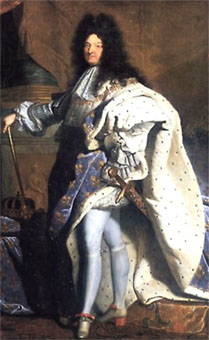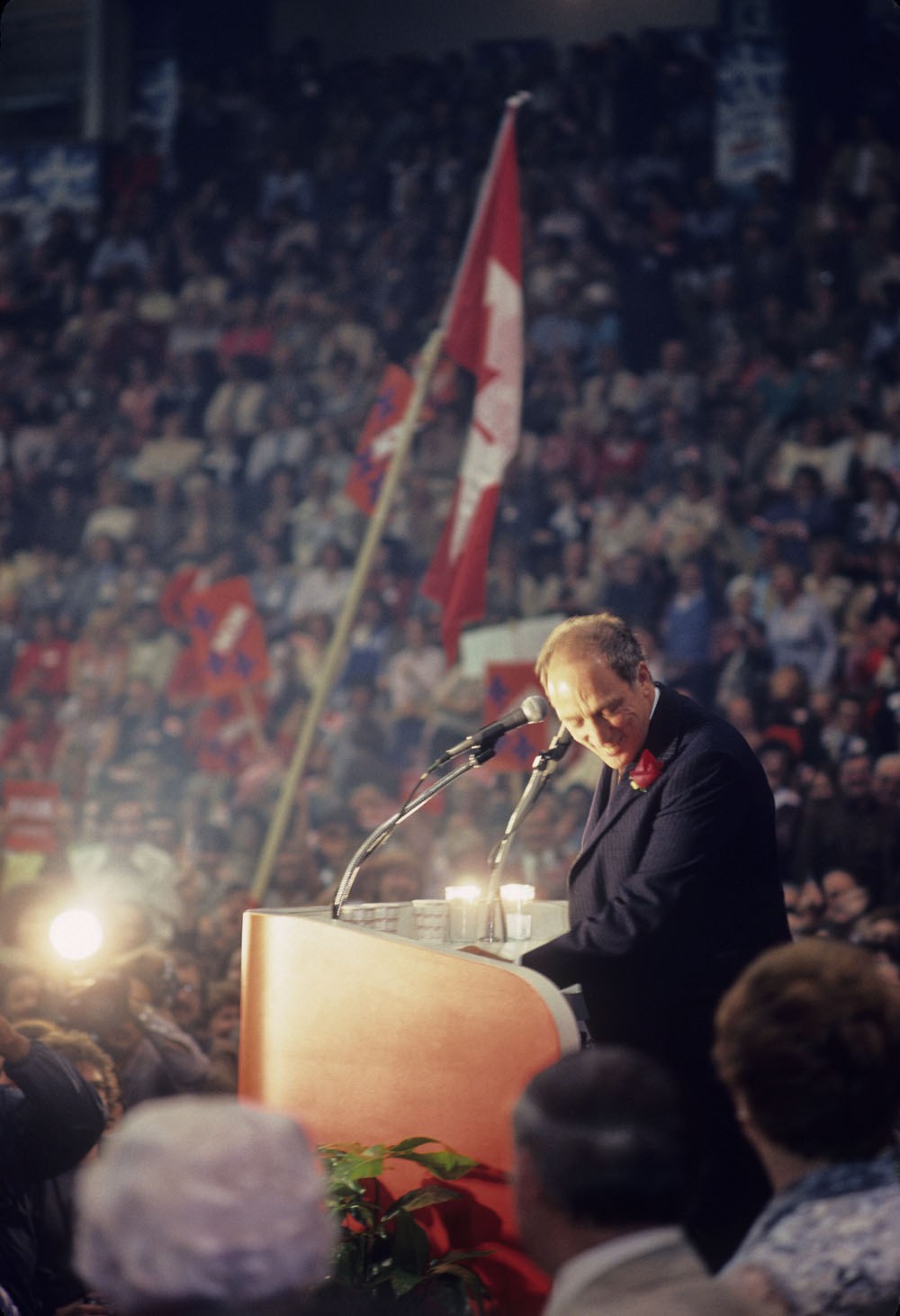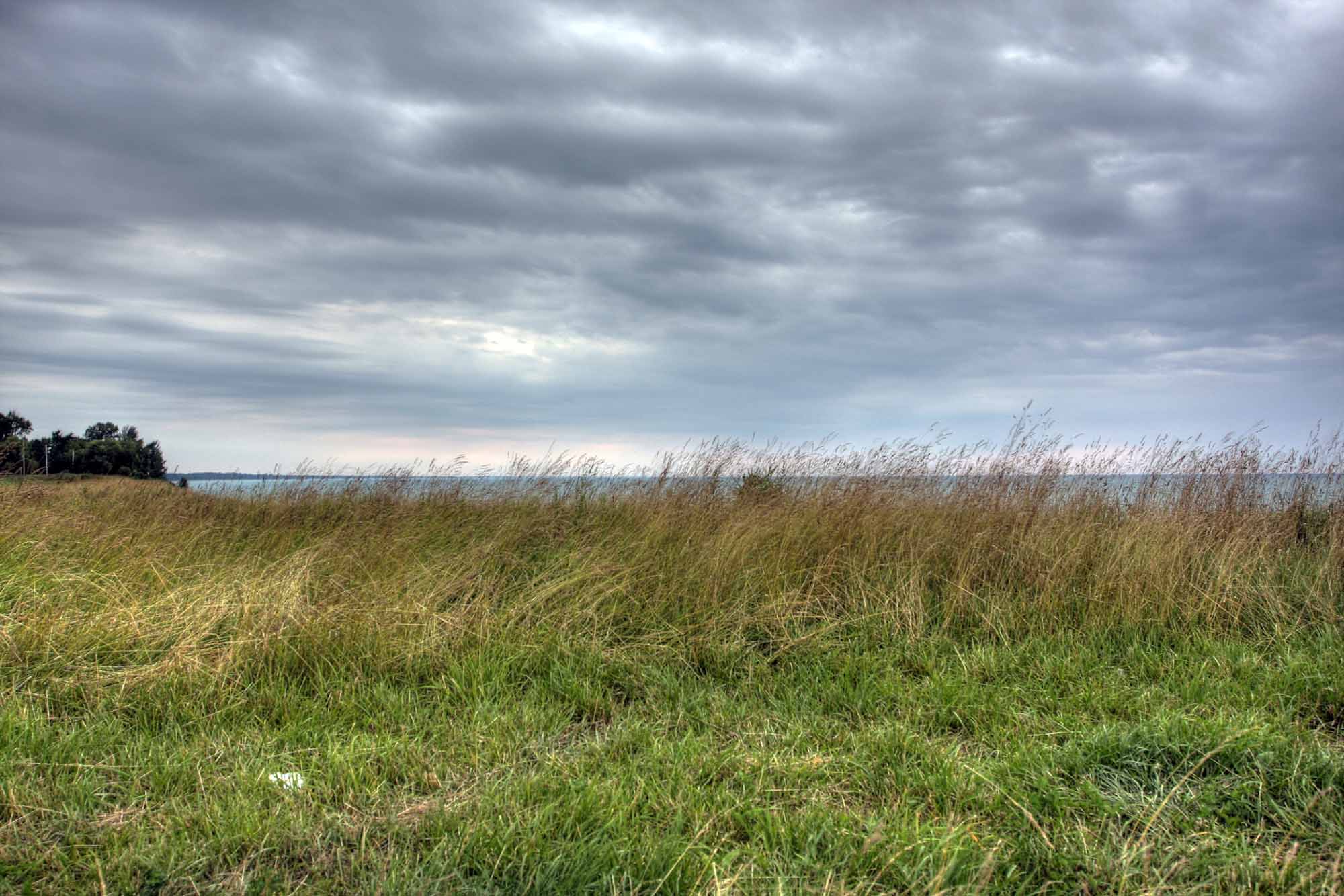Browse "Things"
-
Macleans
Southam-Sun Paper Swap
The principal business of Southam Inc. is delivering news to the public, but that commitment does not necessarily extend to the company's own operations.This article was originally published in Maclean's Magazine on August 3, 1998
"https://development.thecanadianencyclopedia.ca/images/tce_placeholder.jpg?v=e9dca980c9bdb3aa11e832e7ea94f5d9" // resources/views/front/categories/view.blade.php
https://development.thecanadianencyclopedia.ca/images/tce_placeholder.jpg?v=e9dca980c9bdb3aa11e832e7ea94f5d9
-
Article
Southern Alberta Institute of Technology (SAIT)
The Southern Alberta Institute of Technology (SAIT) in CALGARY was founded in 1916 to help meet the demand for skilled technicians and tradespeople in Alberta.
"https://development.thecanadianencyclopedia.ca/images/tce_placeholder.jpg?v=e9dca980c9bdb3aa11e832e7ea94f5d9" // resources/views/front/categories/view.blade.php
https://development.thecanadianencyclopedia.ca/images/tce_placeholder.jpg?v=e9dca980c9bdb3aa11e832e7ea94f5d9
-
Article
Sovereign
Under Canada’s constitutional monarchy, the sovereign is head of state, the legal foundation of the executive branch of government and one part of Parliament — along with the Senate and House of Commons. The current sovereign of Canada is King Charles III. The sovereign is represented in Canada by the governor general, lieutenant-governors and territorial commissioners and acts on the advice of the prime minister, the head of government.
"https://d2ttikhf7xbzbs.cloudfront.net/KingCharlesIII.jpg" // resources/views/front/categories/view.blade.php
https://d2ttikhf7xbzbs.cloudfront.net/KingCharlesIII.jpg
-
Article
Sovereign Council
The council initially comprised the governor, the bishop, the INTENDANT and 5 councillors. In 1703 membership grew to 12, to which 4 associated judges were added in 1742. Members, usually recruited from the French gentry, were nominated initially by the governor and the bishop and later by the king.
"https://d2ttikhf7xbzbs.cloudfront.net/media/media/f8cf074d-4ef8-4e3c-bdba-fb5451668052.jpg" // resources/views/front/categories/view.blade.php
https://d2ttikhf7xbzbs.cloudfront.net/media/media/f8cf074d-4ef8-4e3c-bdba-fb5451668052.jpg
-
Article
Sovereignty
Sovereignty is an abstract legal concept. It also has political, social and economic implications. In strictly legal terms, sovereignty describes the power of a state to govern itself and its subjects. In this sense, sovereignty is the highest source of the law. With Confederation and the passage of the British North America Act, 1867, Canada’s Parliament was still legally under the authority of the British Parliament. By 1949, Canada had become fully sovereign in relation to Great Britain. This was due to landmark legislation such as the Statute of Westminster (1931). The Constitution Act, 1982 swept away Britain’s leftover authority. Questions of sovereignty have also been raised by Indigenous peoples in Canada and by separatists in Quebec. The latter, for a time, championed the concept of sovereignty-association.
"https://d2ttikhf7xbzbs.cloudfront.net/media/media/39b78f3a-b1bb-47ec-aa0b-d4f5de005157.jpg" // resources/views/front/categories/view.blade.php
https://d2ttikhf7xbzbs.cloudfront.net/media/media/39b78f3a-b1bb-47ec-aa0b-d4f5de005157.jpg
-
Article
Sovereignty-Association
First used as a slogan by the Mouvement Souveraineté-Association (MSA), forerunners of the Parti Québécois, this term became the PQ’s cornerstone and main objective.
"https://d2ttikhf7xbzbs.cloudfront.net/media/media/cf2ba193-435f-4280-85a0-88632e234b1d.jpg" // resources/views/front/categories/view.blade.php
https://d2ttikhf7xbzbs.cloudfront.net/media/media/cf2ba193-435f-4280-85a0-88632e234b1d.jpg
-
Article
Soybean
Soybean (Glycine max) is a herbaceous annual belonging to the legume family, grown as an oilseed crop in Canada.
"https://d2ttikhf7xbzbs.cloudfront.net/media/media/735549a0-545a-4fa3-8e3f-b2e86a3b8471.jpg" // resources/views/front/categories/view.blade.php
https://d2ttikhf7xbzbs.cloudfront.net/media/media/735549a0-545a-4fa3-8e3f-b2e86a3b8471.jpg
-
Macleans
Space Lab Under Construction
This is ground zero, the holy of holies of the U.S. space program. The flight control room at Johnson Space Center in Houston is instantly familiar from a dozen movies and a thousand newscasts.This article was originally published in Maclean's Magazine on May 17, 1999
"https://development.thecanadianencyclopedia.ca/images/tce_placeholder.jpg?v=e9dca980c9bdb3aa11e832e7ea94f5d9" // resources/views/front/categories/view.blade.php
https://development.thecanadianencyclopedia.ca/images/tce_placeholder.jpg?v=e9dca980c9bdb3aa11e832e7ea94f5d9
-
Collection
Space Science and Exploration
This collection brings together articles and resources about space science and space exploration. Access articles, biographies and timelines to learn more about space technology and Canadian astronauts.
"https://d2ttikhf7xbzbs.cloudfront.net/media/media/5aa0ecc1-af41-465f-a0c9-4b1ce9969f93.jpg" // resources/views/front/categories/view.blade.php
https://d2ttikhf7xbzbs.cloudfront.net/media/media/5aa0ecc1-af41-465f-a0c9-4b1ce9969f93.jpg
-
Article
Space Technology
An agreement signed with the US National Aeronautics and Space Administration (NASA) led to the launching of a series of 4 Canadian satellites, beginning with Alouette 1 (on 29 Sept 1962) from the Western Test Range in Vandenburg, California.
"https://d2ttikhf7xbzbs.cloudfront.net/media/media/a18fddb7-35fe-4a3b-9e15-b7129eb8c2b3.jpg" // resources/views/front/categories/view.blade.php
https://d2ttikhf7xbzbs.cloudfront.net/media/media/a18fddb7-35fe-4a3b-9e15-b7129eb8c2b3.jpg
-
Macleans
Space Travel Challenges
This article was originally published in Maclean’s magazine on October 14, 1996. Partner content is not updated. For mankind, the adventure began at 9:07 a.m. Moscow time on April 12, 1961. A Soviet air force major named Yuri Gagarin blasted into the Siberian sky aboard a five-ton spacecraft and the world marvelled at the astounding news that he had landed safely after circling the Earth in just 108 minutes.
"https://development.thecanadianencyclopedia.ca/images/tce_placeholder.jpg?v=e9dca980c9bdb3aa11e832e7ea94f5d9" // resources/views/front/categories/view.blade.php
https://development.thecanadianencyclopedia.ca/images/tce_placeholder.jpg?v=e9dca980c9bdb3aa11e832e7ea94f5d9
-
Article
Spanish Music in Canada
Spanish immigration to Canada was moderate until 1950, by comparison with that from other major European nations. Nevertheless, by 1986 there were some 57,000 Spanish-Canadians, concentrated in cities in British Columbia, Ontario and Quebec.
"https://development.thecanadianencyclopedia.ca/images/tce_placeholder.jpg?v=e9dca980c9bdb3aa11e832e7ea94f5d9" // resources/views/front/categories/view.blade.php
https://development.thecanadianencyclopedia.ca/images/tce_placeholder.jpg?v=e9dca980c9bdb3aa11e832e7ea94f5d9
-
Article
Spanish-American War
Spanish-American War, the 1898 conflict between the US and Spain, during which the US removed Cuba, Puerto Rico, Guam and the Philippines from Spain, annexing the last 3.
"https://development.thecanadianencyclopedia.ca/images/tce_placeholder.jpg?v=e9dca980c9bdb3aa11e832e7ea94f5d9" // resources/views/front/categories/view.blade.php
https://development.thecanadianencyclopedia.ca/images/tce_placeholder.jpg?v=e9dca980c9bdb3aa11e832e7ea94f5d9
-
Article
Spanish Exploration
Following the global circumnavigation of Magellan's expedition, 1519-22, Holy Roman Emperor Charles V wished to locate a N American strait into Asian waters. The Spaniards possessed information on the Newfoundland and Labrador coasts from Portuguese voyages and from BASQUE fishermen and whalers.
"https://development.thecanadianencyclopedia.ca/images/tce_placeholder.jpg?v=e9dca980c9bdb3aa11e832e7ea94f5d9" // resources/views/front/categories/view.blade.php
https://development.thecanadianencyclopedia.ca/images/tce_placeholder.jpg?v=e9dca980c9bdb3aa11e832e7ea94f5d9
-
Macleans
Spanish Trawler Released
The Spanish, in fairness, were there first. It may have been an English expedition, led by John Cabot in 1497, that first dipped baskets into the teeming waters of the Grand Banks and hauled them in filled with cod.This article was originally published in Maclean's Magazine on March 27, 1995
"https://development.thecanadianencyclopedia.ca/images/tce_placeholder.jpg?v=e9dca980c9bdb3aa11e832e7ea94f5d9" // resources/views/front/categories/view.blade.php
https://development.thecanadianencyclopedia.ca/images/tce_placeholder.jpg?v=e9dca980c9bdb3aa11e832e7ea94f5d9
